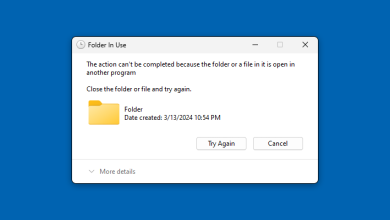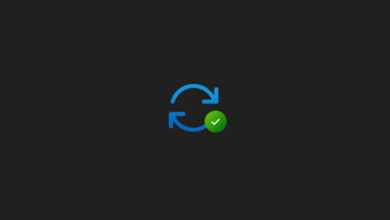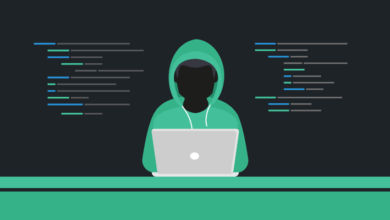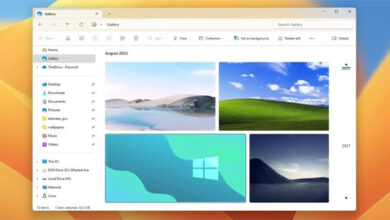How to Enable and Use Focus Assist in Windows 11 and 10
The notifications from Windows apps and programs might annoy you at times when you’re trying to focus on something. Microsoft introduced the Focus Assist feature with the Windows 10 April 2018 update to solve this issue. Focus Assist has also made its way to Windows 11 with some improvements. So, now you can enable Focus Assist in your Windows 11 or Windows 10 PC and work without distractions.
Focus Assist helps you stay focused by easily blocking notifications, sounds, and alerts to create a distraction-free work environment. This feature might come in handy if you are preparing for or giving a presentation or trying to focus on a paper. You can use Focus Assist to block interruptions or distractions on your Windows 11 or Windows 10 PC.
How Does Focus Assist in Windows 11 and Windows 10 Work?
- Flexibility: Focus Assist allows you to choose when to block notifications. You can turn on Focus Assist whenever you want to block notifications and work without distractions, like sounds, and alerts. Or you may set Focus Assist to turn on automatically at certain times during the day.
- Priority: You can always make sure you don’t miss your important notifications by creating a priority list. You may set Focus Assist to allow high-priority notifications even when Focus Assist is ON.
- Notification Summary: You can easily find out what you have missed while you are working on your important project. As soon as you turn off Focus Assist, a summary of notifications and alerts appears on your screen.
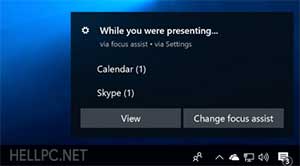
SEE ALSO: How to Customize Website Notifications in Safari on Mac?
A) Enable and Use Focus Assist in Windows 11
Just like Windows 10, you can enable Focus Assist from the Notification area, Settings in Windows 11. Besides that, you can also start a Focused Session from the Alarm & Clock app in Windows 11 which is not available in Windows 10. So, let’s see the ways to enable and use Focus Assist in Windows 11.
1. Start a Focused Session in the Alarm & Clock App
To start a focused session manually, launch the Alarm & Clock app in Windows 11. If you have started the Alarm & Clock app for the first time, it might show you a get started page on the Focus Sessions tab. So, click on Get Started to continue.
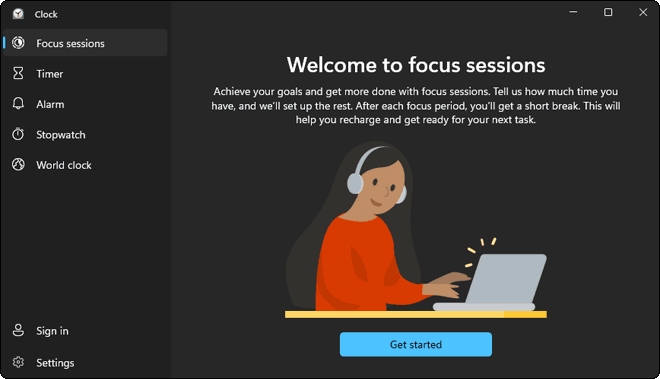
Now, on the Focus Sessions page, you can start a focused session of your desired duration. The time is set to 30 minutes by default, however, you can change it using up and down arrows. Finally, click Start focus session button to start a focus session and stay focused for that duration without distractions.

2. Enable and Configure Focus Assist from Settings in Windows 11
Besides starting a focus session manually from the Alarm & Clock app, you can also configure Focus Assist settings to automatically enable it during specific times.
Focus Assist Settings:
So, for setting up Focus Assist in Windows 11, go to Settings > System > Focus Assist. Here, you can change Focus Assist settings. There are 3 settings available which are described below.
- Off: Focus Assist will be turned off or disabled. All notifications will display as they are received.
- Priority only: You will only see the notifications that you have selected in the priority list.
- Alarms only: This option will hide all notifications, except for alarms.
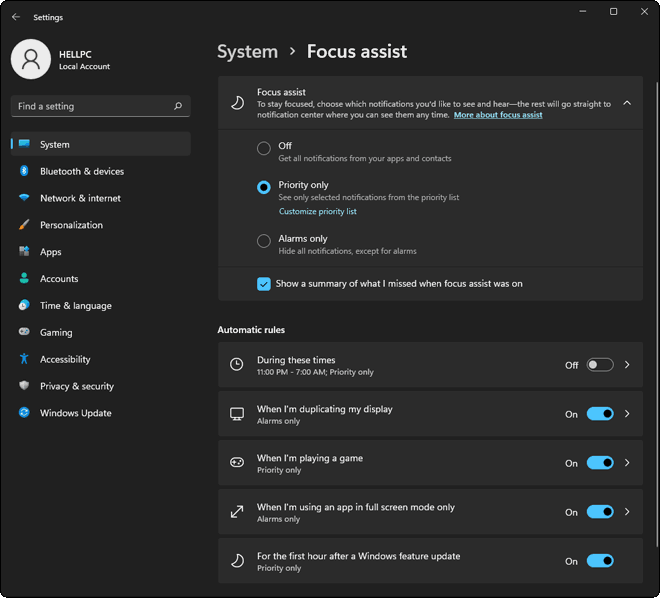
Configure Priority List:
You can also configure the priority list by clicking the Customize priority list option under the Priority only setting. After that, you will see the option to configure which apps display notifications while Focus Assist is turned on.
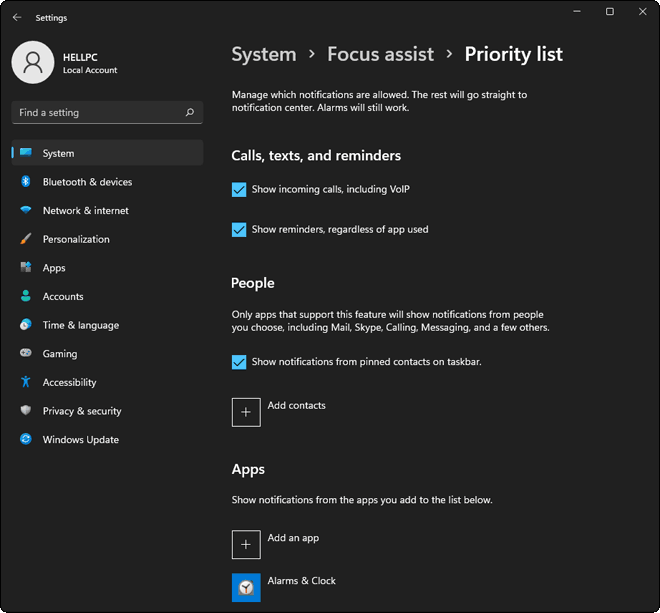
Automatic Rules:
You can also configure Automatic rules here which define when to turn on Focus Assist automatically. In Windows 11, there are the following rules available.
| During these times | Manually specify the time when focus assist will start automatically. |
| When I’m duplicating my display | Automatically enable focus assist when you are presenting. |
| When I’m playing a game | Enables the focus assist while you are gaming. |
| When I’m using an app in full-screen mode only | Focus assist will turn on when you are using an app in full-screen mode. |
| For the first hour after a Windows feature update | After you have installed a feature update in Windows 11, Focus Assist will be enabled for 1 hour after the restart. |
You can manually configure hours (select During these hours option) to start Focus Assist during that time. Besides that, you can also select the Focus Assist (Alarm or Priority) setting for that duration.
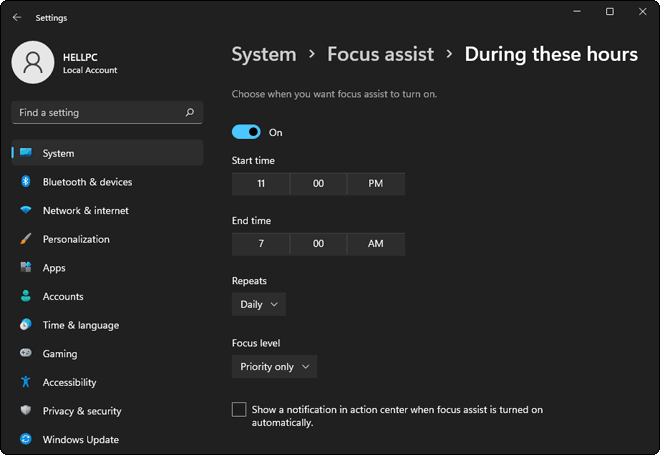
3. Enable Focus Assist from the System Tray Area
You can also enable Focus Assist quickly from Action Center in Windows 11. Simply click on the Network, Volume, and Battery icons in the system tray (right side of the taskbar) and then click on the Focus Assist tile to switch between Priority, Alarms, or Off.

SEE ALSO: 8 Tips to Get the Most Out of Windows 10?
B) Enable and Use Focus Assist in Windows 10
After Windows 11, let’s move to Windows 10. It’s almost similar in Windows 10 also. So, here are 3 simple ways to enable Focus Assist in Windows 10. You can enable Focus Assist from the Action Center, the Right-click menu on the Action Center icon, and from Settings. Let’s check them one by one:
1. Quickly Turn on Focus Assist from Action Center
You can quickly toggle Focus Assist on or off from a quick action tile in the Action Center. Just click on the Action Center icon and then click on the Focus Assist icon repeatedly to toggle between Priority & Alarms only modes or to turn off Focus Assist.
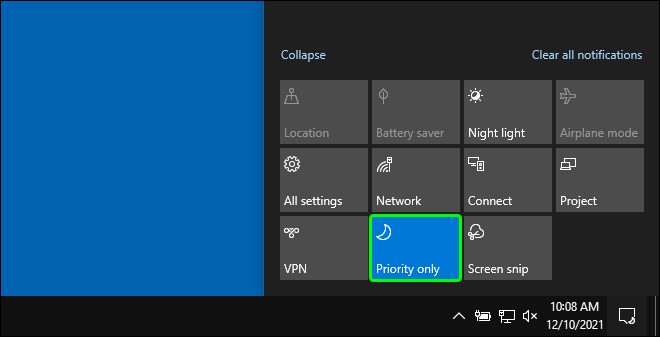
If you don’t see the Focus Assist icon in the Action Center, click on Expand to view more icons or tiles.
2. From Action Center right-click Menu in Windows 10
Another way to enable Focus Assist is to do it from the right-click context menu on the Action Center icon. So, right-click on the Action Center icon, hover over Focus Assist, and select any one of the three options – Off, Priority only, and Alarms only to enable the respective option.
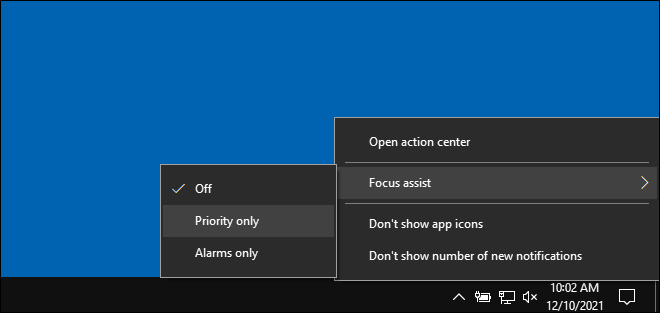
3. Turn on from System Settings in Windows 10
Besides the above two methods, you can also enable Focus Assist from Windows 10 Settings. Go to Settings > System and select Focus Assist from the left pane. Now, on the right side, you have options to select from Off, Priority only & Alarms only.
You can also configure automatic rules for Focus Assist just like in Windows 11. So, we are not explaining them separately here.
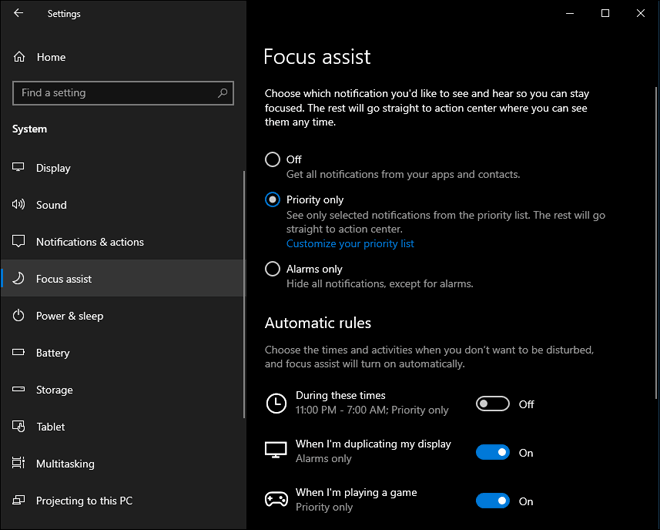
Stay Focused on Windows 11 and Windows 10 using Focus Assist
Focus Assist is one of the many other useful features available in Windows 10. As this feature has also made its way to Windows 11 with Alarm & Clock integration, you can use it the way you want. When configured properly, Focus Assist can help you with avoiding unnecessary interruptions during meetings, presentations, or gaming.
Hope you liked this guide. In case you have any queries and suggestions, feel free to share them in the comment section down below. Enjoy and stay focused!
